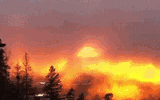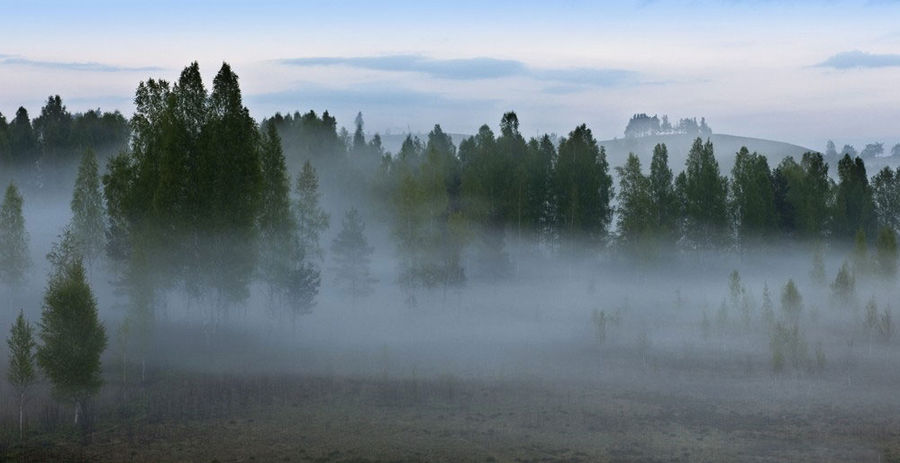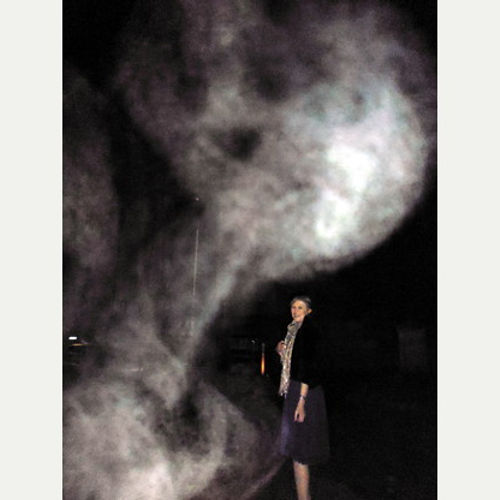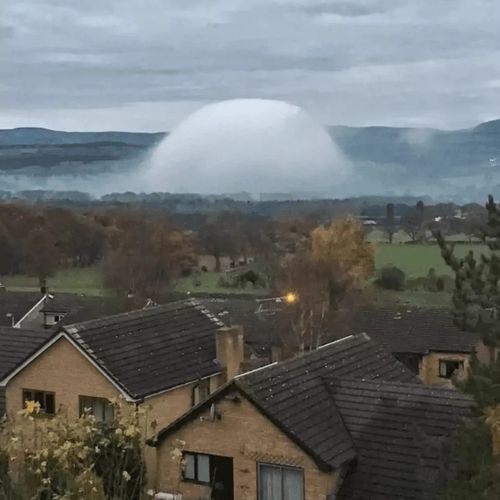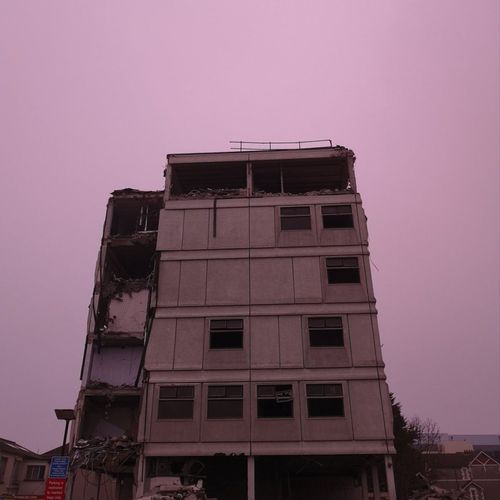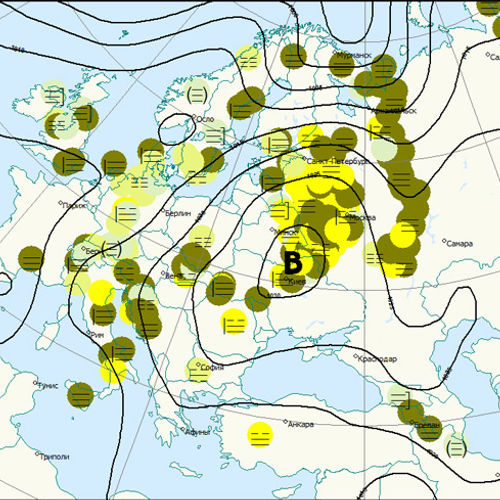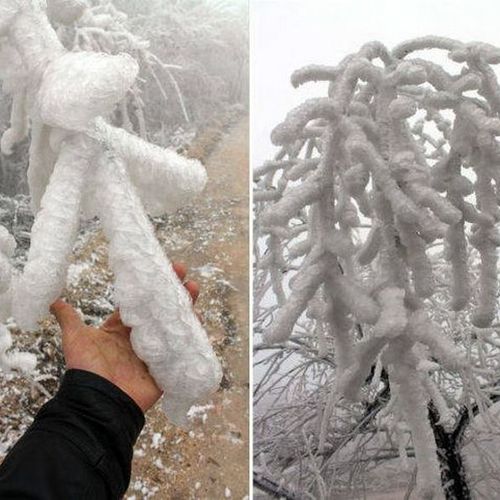
| Added | Fri, 20/01/2017 |
| Sources | |
| Феномены | |
| Version type |
Fog — atmospheric phenomenon, the accumulation of water in the air, formed of minute particles of water vapor.
The relative humidity of the air when fog is usually close to 100 %, and the continuous fog duration is usually from half an hour to several days.
At the weather station note the following types of fog:
- Shallow fog — fog, low prostrate on the earth's surface (or water) continuous thin layer or in separate pieces, so that the layer of fog horizontal visibility is less than 1000 m and at 2 m exceeds 1000 m (typically, as in a haze, from 1 to 9 miles, sometimes 10 miles or more). There is, as a rule, in the evening, night and early morning hours. Separately noted underground ice fog observed when the air temperature is below -10..-15° and consisting of ice crystals, sparkling in the sunlight or in the light of the moon and lights.
- Translucent fog — fog with horizontal visibility at 2 m less than 1000 m (usually it is a few hundred meters, and in some cases, reduced even to a few tens of meters), poorly developed vertically, so that it is possible to determine the state of the sky (the number and shape of clouds). More common in the evening, night and morning, but can also occur during the day, especially in the cold half of the year when temperature increases. Separately translucent ice fog observed when the air temperature is below -10..-15° and consisting of ice crystals, sparkling in the sunlight or in the light of the moon and lights.
- Fog — dense fog with horizontal visibility at 2 m less than 1000 m (usually it is a few hundred meters, and in some cases, reduced even to a few tens of meters), fairly well developed vertically, so that it is impossible to determine the state of the sky (the number and shape of clouds). More common in the evening, night and morning, but can also occur during the day, especially in the cold half of the year when temperature increases. Separately noted the ice fog observed when the air temperature is below -10..-15° and consisting of ice crystals, sparkling in the sunlight or in the light of the moon and lights.
There is also the concept of radiation fog. This fog, emerging above the surface of the earth, the cooling due to radiation of heat into the atmosphere (radiative cooling).
Together with the surface of the earth cooled and the adjacent layer of air. When lowering the temperature to dew points of airborne water vapor condenseries into fine droplets, crystals or a mixture thereof. Above the earth hangs a thick veil of radiation fog.
Usually these fogs occur at night or early in the morning, primarily in the lowlands. Favorable conditions for their formation is cloudless anticyclonic weather and light winds and the presence of a ground check of the layer — inversion. Factor contributing to the formation of fog, is the high concentration of airborne condensation nuclei (e.g., tiny particles of dust or soot). With increasing air temperature and decreasing relative humidity, radiation fog dissipates. In the summer this usually occurs shortly after sunrise. In transitional periods, the fog can linger until about noon. In winter, with a small daily course of temperature, it may remain the whole day.
During a fog sounds are heard at a greater distance than in clear weather. During this period the air is more uniform and occurs scattering in the so-called acoustic clouds generated by convection flows. The temperature difference causes the sound to spread through the cool air near the ground with less speed than using the warmer air of the upper atmosphere. Thanks to this local temperature inversion sound waves into not from the earth but to the earth. The sound of "hugging" the ground, causing the sounds can be heard much further than in normal weather.
Translated by «Yandex.Translator»
Related facts
Related news
Log in or register to post comments

